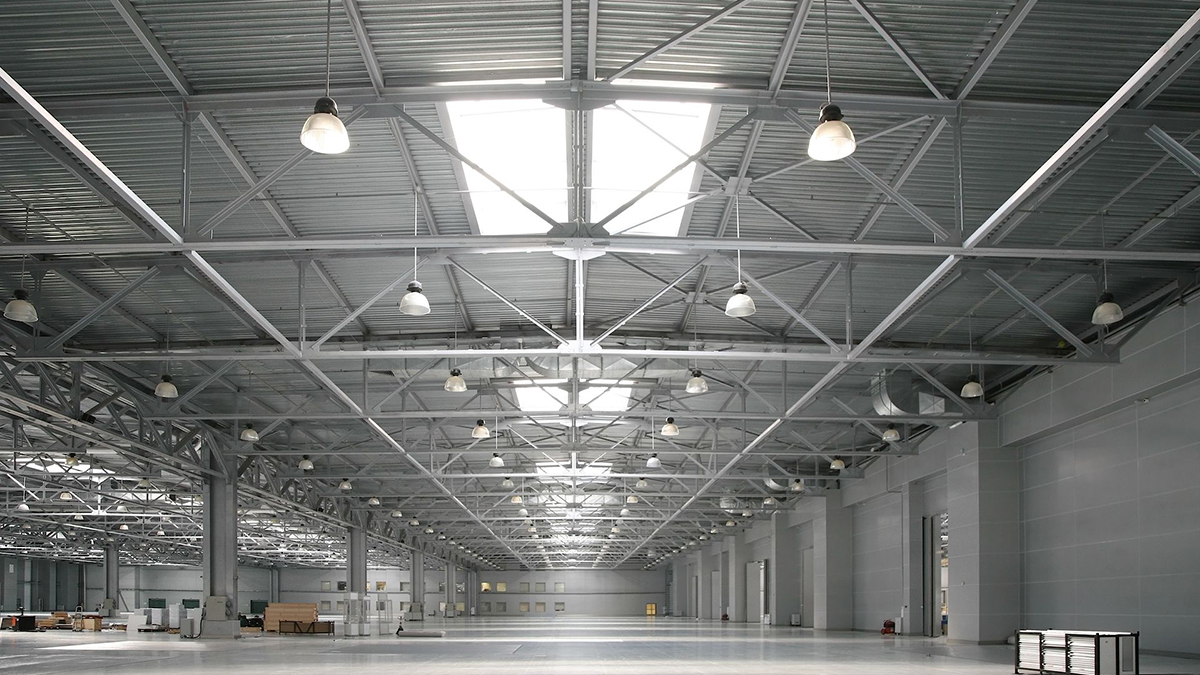Forklifts are essential tools for any warehouse, facilitating the efficient movement of goods and materials. Selecting the right forklift requires understanding their history, technology, and applications.
Historical Development of Forklifts
The first forklift models were simple, manually operated mechanical lifting devices developed in the early 1900s to assist with heavy lifting in factories and warehouses. In 1917, the Clark Material Handling Company introduced the first powered forklift truck, known as the Tructractor. This innovation marked the beginning of a transformative era in material handling.
The introduction of hydraulic systems in the 1920s significantly enhanced the lifting capabilities of forklifts. World War II further accelerated their development as the need for efficient material handling grew during military operations. Post-war industrialization and the rise of large-scale warehouses cemented forklifts as indispensable tools in logistics.
Key Considerations for Choosing a Forklift
1. Capacity Requirements: Assess the maximum weight your forklift will need to handle to ensure safe and efficient operations. Forklifts are rated for specific weight capacities, and exceeding these limits can lead to accidents, tipping hazards, and mechanical failures.
2. Lift Height: Determine the height of your warehouse’s racking systems to select a forklift with sufficient reach capabilities. A forklift with insufficient lift height could limit your ability to store goods effectively, resulting in wasted vertical space.
3. Power Source: Choose between internal combustion engines, electric motors, or hydrogen fuel cells basedg on operational needs and sustainability goals. Electric forklifts are ideal for indoor operations, offering lower noise levels and zero emissions, which contribute to a healthier work environment. On the other hand, internal combustion forklifts are suited for heavy-duty outdoor work and longer operating hours due to their higher power output and quicker refueling. Hydrogen fuel cells are emerging as a sustainable alternative, offering fast refueling times and no harmful emissions.
4. Operating Environment: Consider the workspace. Indoor environments favor electric forklifts for their low emissions and quiet operation, while outdoor areas may require models with larger tires, enhanced stability, and increased ground clearance to navigate uneven surfaces.
5. Maneuverability: Maneuverability is essential in warehouses with narrow aisles or dense layouts. Specialized forklifts like reach trucks or narrow aisle forklifts are designed for these spaces, allowing operators to work efficiently without compromising safety.
Types of Forklifts and Their Best Uses
1. Counterbalance Forklifts: Counterbalance forklifts are the most common and versatile type of forklift, featuring a weight at the rear to balance the load being carried at the front. These forklifts are easy to operate, with a straightforward steering mechanism and lifting controls. They are ideal for a wide range of tasks, including loading and unloading trucks, transporting goods within warehouses, and stacking items. They are best suited for environments with relatively smooth surfaces.
2. Reach Trucks: Reach trucks are specialized forklifts designed for warehouses with high shelving and narrow aisles. They have an extendable mast that allows them to "reach" into racks, making it easier to access goods stored at significant heights. Their small turning radius and precise controls make them highly maneuverable.
3. Pallet Jacks: Pallet jacks are compact, simple, and cost-effective devices designed for moving pallets over short distances. They are controlled by maneuvering their handle to steer, pumping to lift the load, and pulling or pushing to move the pallet. Lifting and moving the pallet requires some physical effort, especially with heavier loads, but the hydraulic system minimizes the strain for lifting. Electric pallet jacks, equipped with a battery-powered motor, assist with movement and lifting, significantly reducing the physical effort needed.
4. Order Pickers: Order pickers are forklifts designed to lift the operator along with the forks to pick small items directly from shelves. They feature a platform where the operator stands and controls the lift height and forward motion. These are essential in warehouses and fulfillment centers focused on small-item order picking.
5. Rough Terrain Forklifts: Rough terrain forklifts feature large pneumatic tires with deep treads, robust frames, and enhanced suspension systems to navigate challenging outdoor conditions. They are ideal for construction sites, lumber yards, or outdoor storage areas, transporting heavy materials over gravel, mud, or uneven ground.
Current Trends in Forklift Technology
Today, forklifts have evolved into highly sophisticated machines equipped with cutting-edge technology. Key trends in the industry include:
• Electric Forklifts: The demand for environmentally friendly and energy-efficient solutions has driven the adoption of electric forklifts. Powered by lithium-ion batteries, these forklifts offer reduced emissions, lower operational costs, and enhanced performance.
• Automation and Smart Features: Autonomous forklifts equipped with sensors, cameras, and artificial intelligence are revolutionizing warehouse operations. These machines can navigate complex environments, optimize routes, and reduce labor costs.
• Telematics and Fleet Management: Advanced telematics systems enable real-time monitoring of forklift performance, maintenance needs, and operator behavior. These systems enhance safety, efficiency, and cost-effectiveness.
Manufacturing and Global Supply
The global forklift industry is highly competitive, driven by innovation and efficiency, with major manufacturing hubs in the U.S., China, Germany, and Japan. Leading brands like Toyota Material Handling and KION Group offer diverse options for varied operational needs.
Taiwan has emerged as a key player, specializing in quality electric and automated forklifts. Notable Taiwanese manufacturers include:
• Tailift Material Handling Taiwan Co., Ltd.: A leader in the forklift manufacturing industry for over 40 years, specializing in a range of forklifts, including electric and internal combustion models.
• Noveltek Industrial Manufacturing Inc.: Known for producing high-quality material handling equipment, including powered pallet trucks and stackers, prioritizing international standards and productivity.







.png)






